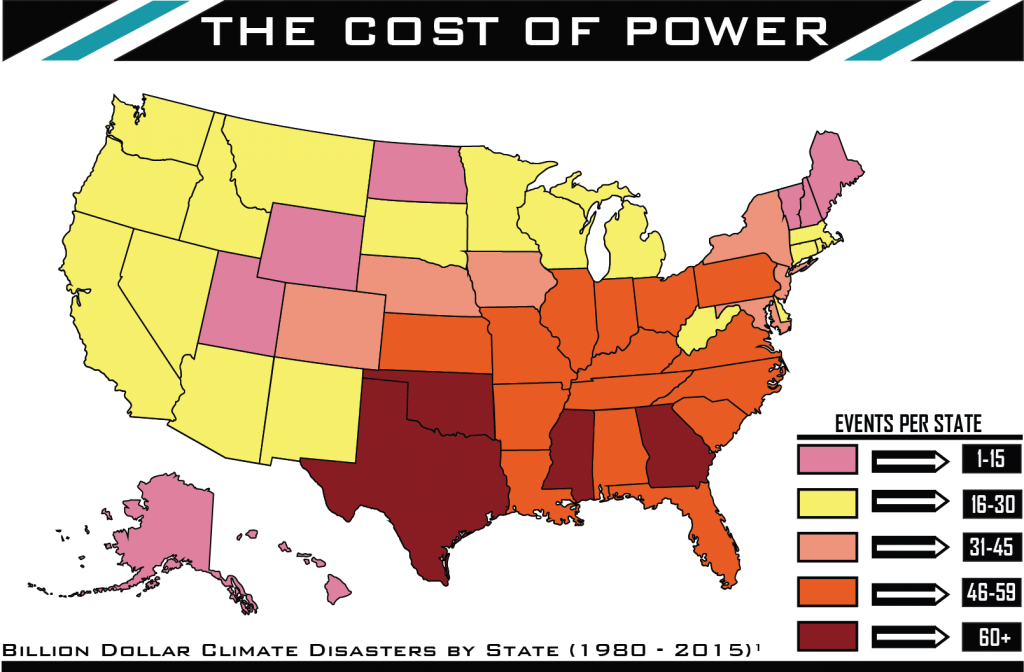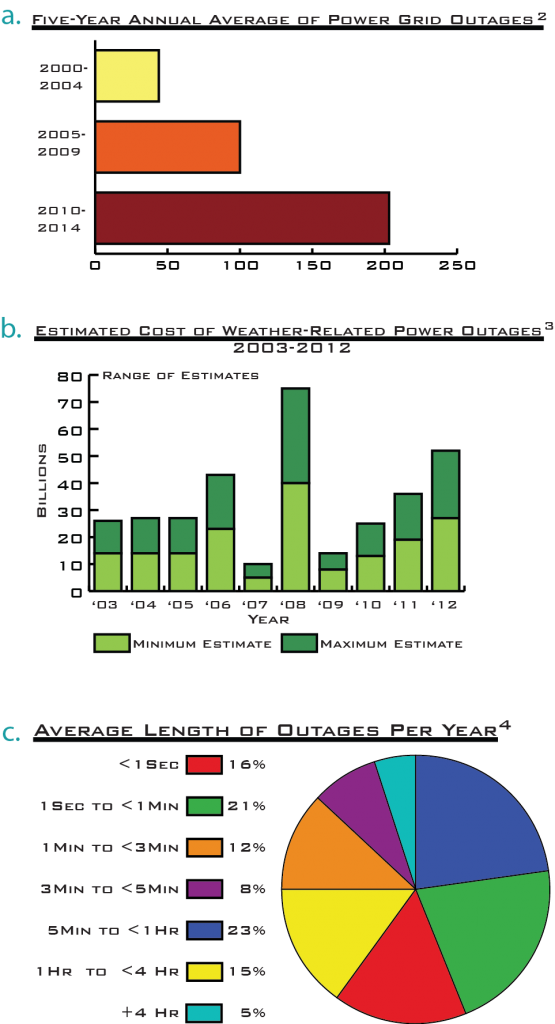
Load bank testing is necessary for facilities such as water wastewater plants, data centers, high rise buildings, and nursing care centers.
According to NEC Article 708 and NFPA 110, automatic transfer switches are required to be regularly tested. These regulations are in place to ensure that when utility power goes down, the backup equipment will effectively support the facility’s electrical requirements.
The time and cost associated with load bank testing procedures, which have to be repeated at regular intervals, can be arduous.
ESL’s TripleSwitch, a safety-interlocked 3-way manual transfer switch, is UL 1008 Listed up to 3000A and significantly reduces the time needed to make required connections and disconnections when load bank testing. The TripleSwitch was specifically designed for two purposes:
- To streamline load bank testing procedures.
- To provide a redundant and safe way to connect a backup generator in the event the permanent generator malfunctions, requires routine maintenance, or if utility power fails during load bank testing.
ESL’s TripleSwitch provides 4 primary benefits for facilities that have an automatic transfer switch and permanent generator:
- Reduces time required for making the necessary connections for load bank testing
Load bank testing can be challenging and time consuming. With multiple connects and disconnects of electrical connectors between the permanent generator and ATS this process can tie up manpower. From start to finish, it can take 2 people up to 10 hours to complete a full load bank test. With ESL’s TripleSwitch system, the resources required to load bank test are minimized netting a considerable time savings. With cam-style connectors, load bank connections can be made in minutes.
- Provides portable generator connection for redundant backup
Since the permanent generator is disconnected from the system during load bank testing or for repairs, the facility’s power systems are now susceptible to power loss in this time. ESL’s solution minimizes this risk. Since the TripleSwitch has dual functionality, a portable back-up generator can quickly be connected to ESL’s 3-way manual transfer switch in the event utility power fails or the permanent generator has performance issues.
- Mitigates risk of making faulty or incorrect connections when reconnecting the permanent generator and/or ATS after load bank testing is complete
The permanent generator and ATS are directly wired to the TripleSwitch, allowing connections to be made to the load bank or emergency back-up generator via color-coded cam-style connectors instead of the traditional hardwiring method.
- Reduces wear and tear of ancillary equipment
It is not uncommon to damage wire conductors when making frequent connects and disconnects of the cables. With ESL’s TripleSwitch, connections to the load bank are made with cam-style connectors, preventing unavoidable wear and tear of cables and termination lug threads.
ESL’s unique UL 1008 Listed TripleSwitch system simplifies the traditional connection/disconnection process required for load bank testing of permanent standby generators for facility power systems. It also combines generator quick connects for redundant backup portable power at a much lower cost, smaller footprint, and can virtually eliminate wiring mistakes.
Additional TripleSwitch resources, such as specifications, spec sheets, and case studies, can also be found here.




